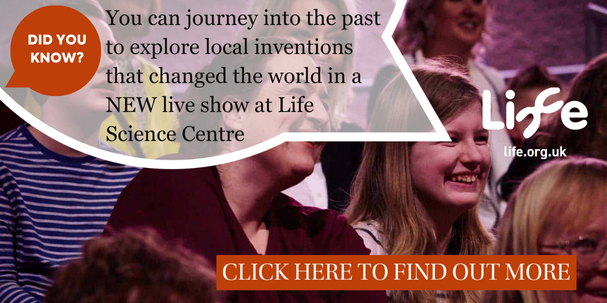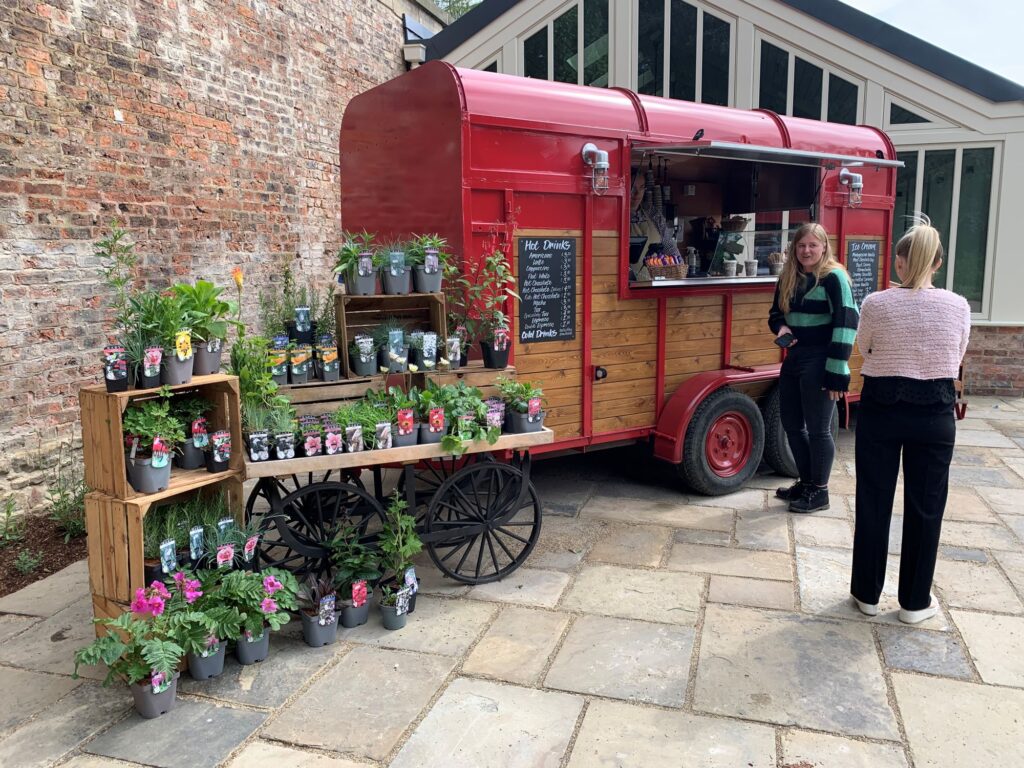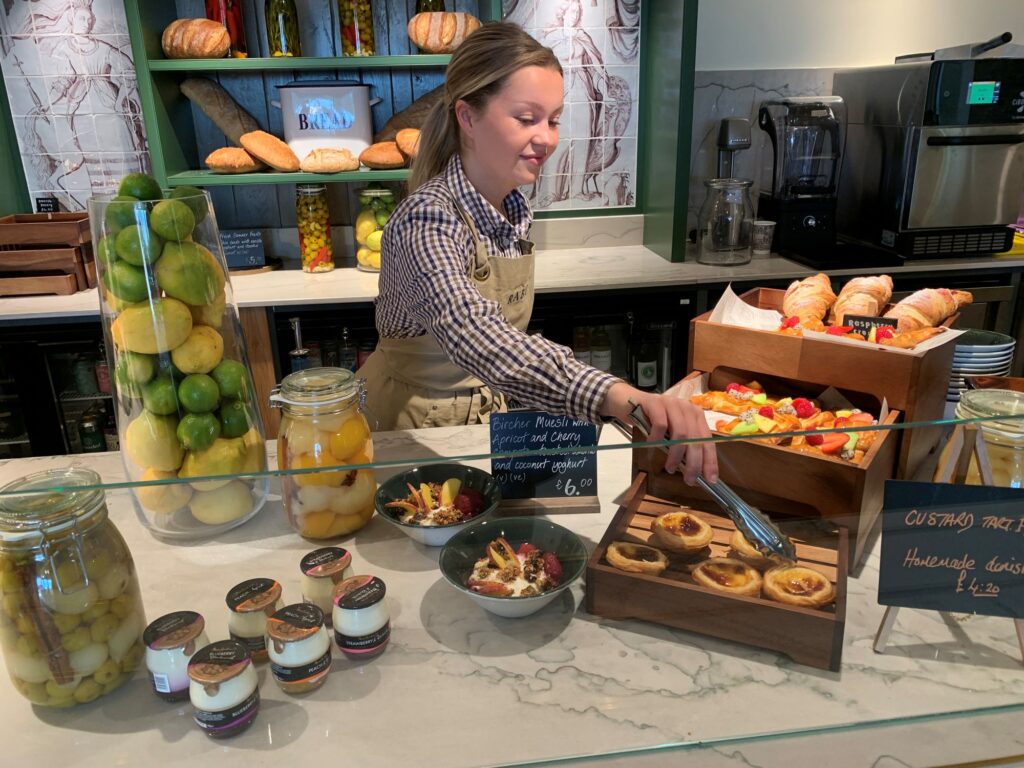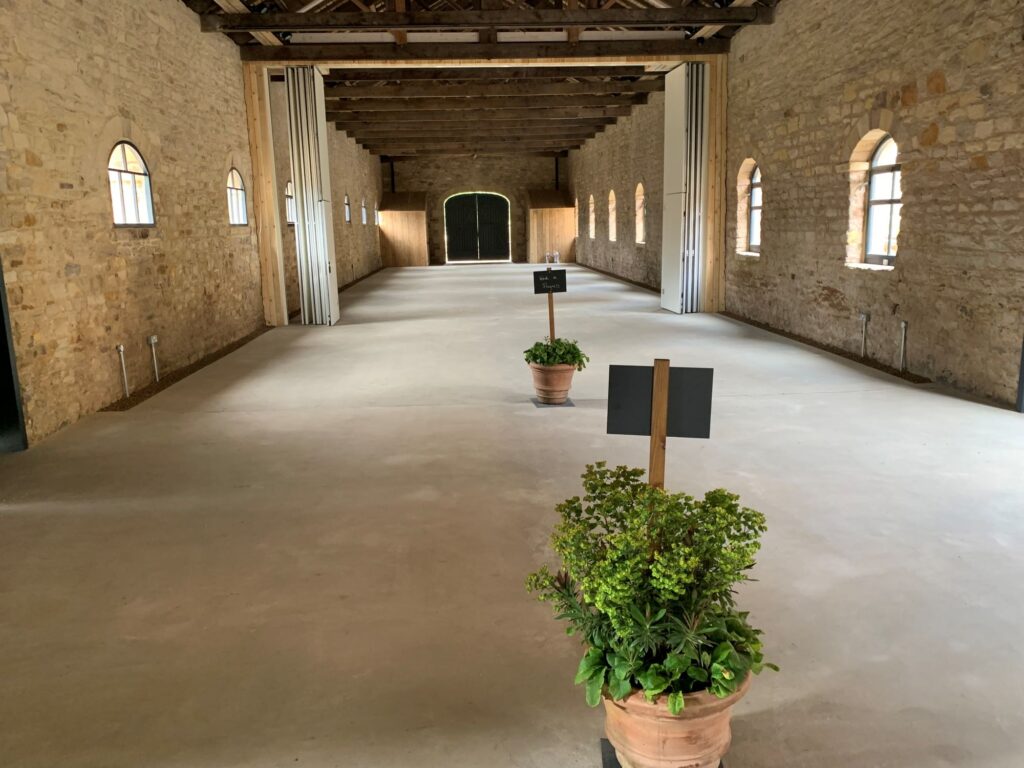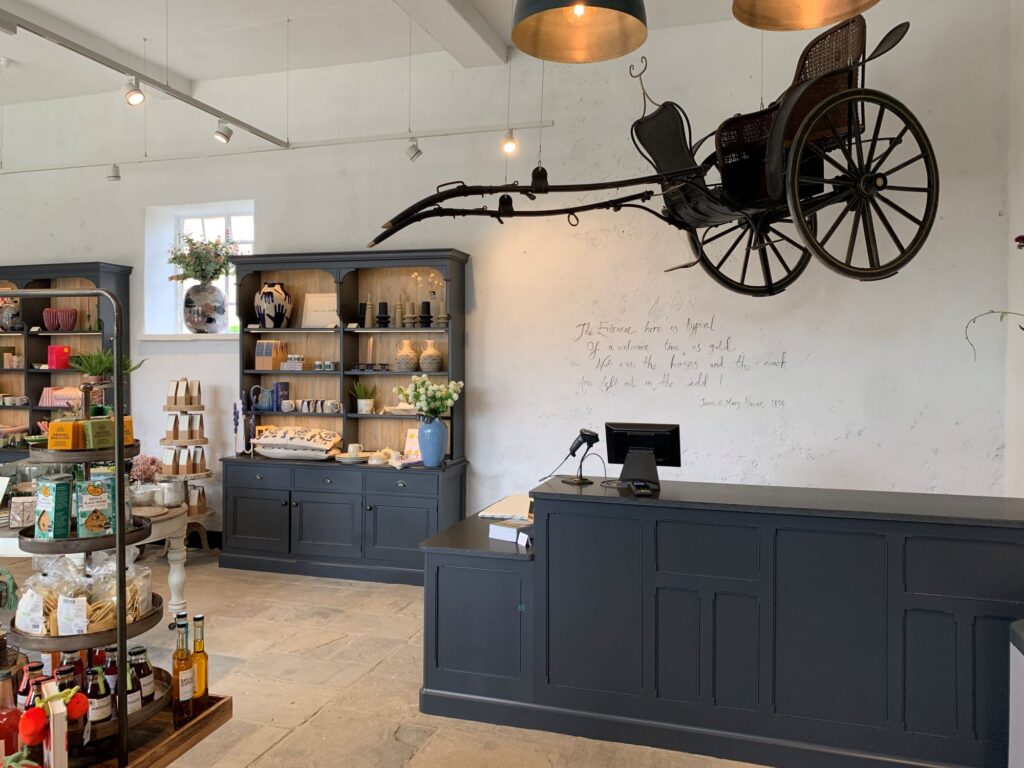
Raby Castle, dark and brooding amid County Durham’s lushest green, is the real deal as far as castles go — not a rebuilt ruin or an upstart pastiche but a proper 14th Century pile with plenty to thrill a fan of the Horrible Histories or the dramas of Julian Fellowes.
It was built by the Nevilles who blotted their copybook in 1569 as prime movers of the Rising of the North when Catholic barons attempted a forced replacement of the Protestant Elizabeth I with Mary, Queen of Scots.
That escapade didn’t end well for the Nevilles or indeed any of the other rebels.
The castle and estate were seized by the Crown and later acquired by the Vane family who fended off a Royalist siege during the English Civil War and have managed to hang onto them ever since.
Today it falls to the current owners, Lord and Lady Barnard, to keep the place going and that means attracting rather than fending off visitors to this part of Upper Teesdale.
- Read more: Stitches through time are thread of exhibition
- Read more: Let’s make Sunderland music city a reality
This is why I’m standing in the stables of Raby Castle listening to the 12th Lord Barnard, Henry Francis Cecil Vane, describe the recent “extensive development of visitor facilities”.
Actually, he’s no more physically present than the horses that would once have stamped and snorted here, but is extending his brief welcome repeatedly on a screen with the castle behind him.
The Rising, with its nod to the previous owners’ 16th Century misadventure, was the name chosen for this ambitious and privately-funded project designed to enhance visitors’ experience of Raby Castle.
Anything, of course, would be an upgrade on cannonballs fired from the battlements but life here for most of the time has been relatively peaceful, even if the many animals whose trophy heads peer from the walls might have begged to differ.
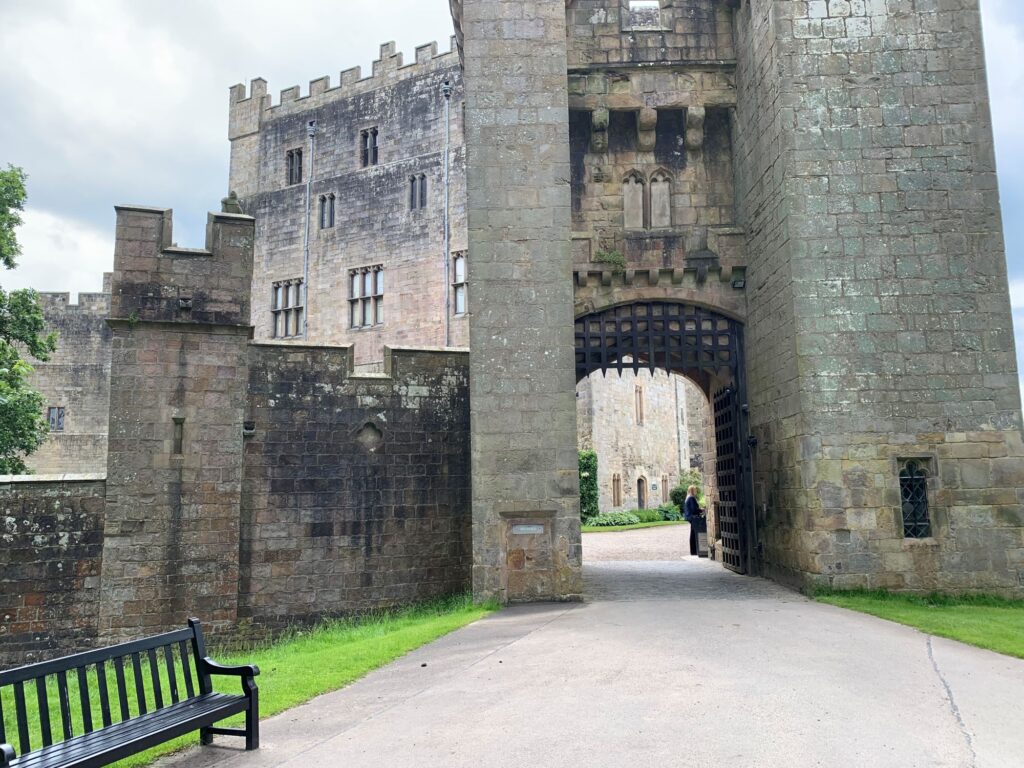
But The Rising has now risen, a significant addition to the portfolio of attractions necessary for many a relic of history to pay its way in the modern world.
Having parked in the newly laid, tree-lined carpark near The Plotters’ Forest, a children’s play area rather reminiscent of the Duchess of Northumberland’s at The Alnwick Garden, I meet Raby Estates marketing manager Joanne Swinbank for a guided tour.
The sun is shining (not a given) and first impressions of the place, I have to say, are wholly positive… and with nothing coming later to contradict them.
“So this is the new welcome entrance to the site and we have The Vinery to the left here and our takeaway van here,” says Joanne, pointing out the various facilities.
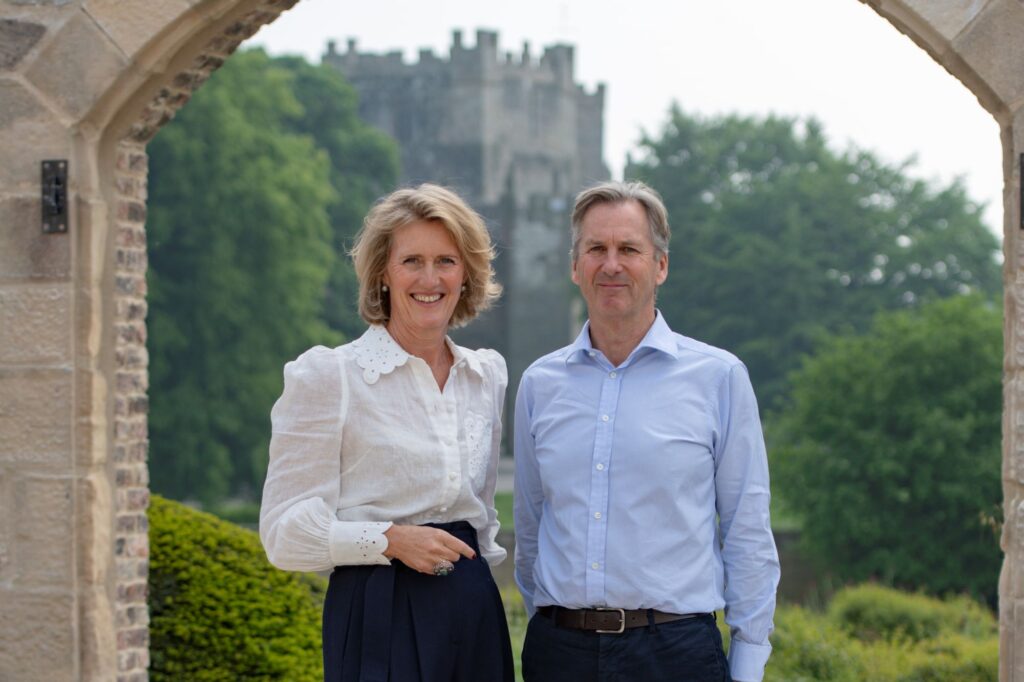
The van is quaint and red, a dispenser of hot drinks and ice-creams. The Vinery is the café, but much bigger than that suggests. It occupies the footprint of a Victorian glasshouse — a vinery, in fact — and has extensive seating and a tempting array of edible goodies on display.
Seasonal and locally-sourced, we are told, and the venison among the lunch options would seem to verify the point, as would the seats and benches fashioned from fallen trees on the estate.
“Most of this area hasn’t been used before by the public,” says Joanne, with a sweeping gesture.
“My manager, Claire Jones, remembers at her interview six years ago standing with Lord and Lady Barnard in grass up to here (‘here’ being quite high) and there was a huge hedge that blocked the view of the castle.
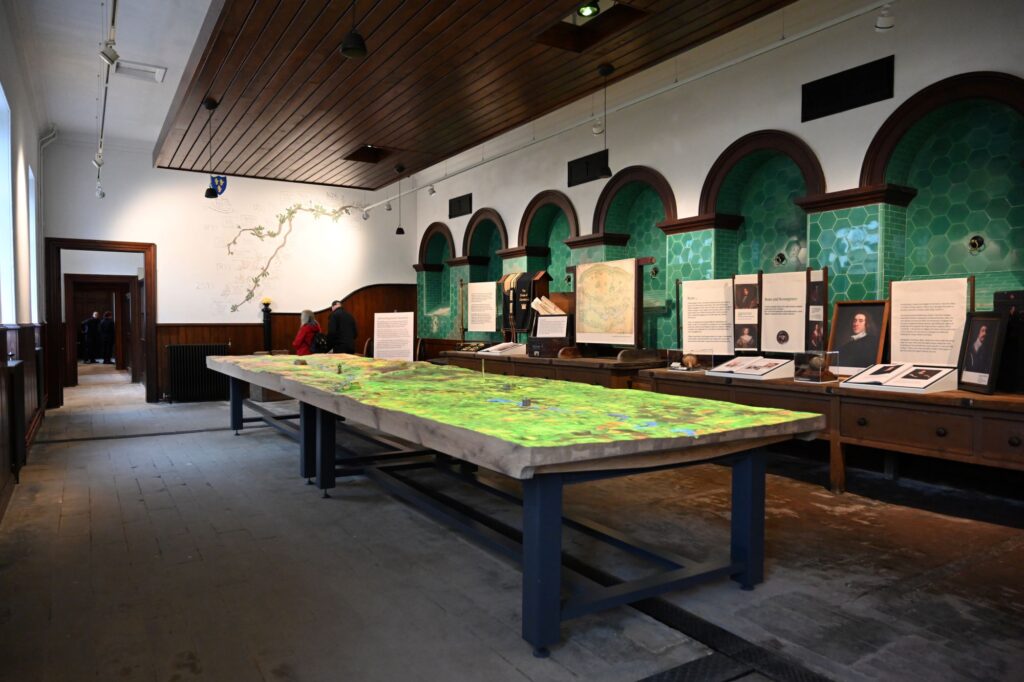
“Lord and Lady Barnard particularly wanted to open up these fantastic heritage buildings to the public and we’ve also put two new buildings here as well.”
The Vinery is new, although it blends deceptively with the rest, and there’s another addition, The Round House, based on an old field barn at nearby Staindrop.
Decorated by Edinburgh-based illustrator Lucy Roscoe, who designed much of the signage on site, this is where tickets can be bought for the gardens, park and castle beyond.
Close by are the Coach House and Stables accommodating a shop (plastic knights in shining armour, anyone?) and a display of the history and geography of the place.
Most eye-catching feature of the latter is the vast table onto which is projected an audio visual display of the changing seasons hereabouts, with landscape features including Raby Castle and the estate’s High Force waterfall.
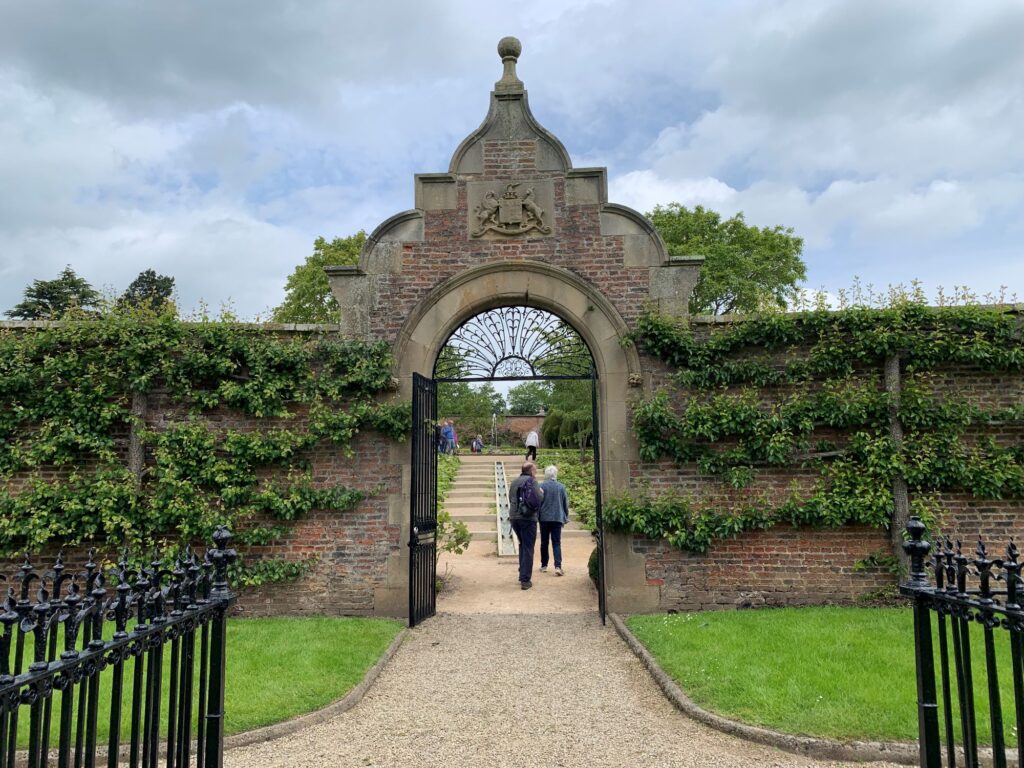
Here, too, on endless repeat, is his Lordship, whom Joanne says along with Lady Barnard has been very ‘hands on’ with the development, supervising every aspect, despite not living at the castle.
Joanne offers a glimpse of the old buildings awaiting their new life post-refurbishment.
First is the vast Riding School.
“It’s a 500 square metre events space but with all the original beams and walls,” says Joanne.
“You could drive a car through here or do a great fashion show. You could even have two events going on side by side.”
Close by is the Dutch Barn, “the most iconic building on the whole site”. It is rather grand with its most distinctive feature being the internal brick ‘chimneys’ installed to allow air to circulate within close-packed hay. Soon it will be hosting seasonal markets.
Through, now, into the 18th Century walled gardens where Lady Barnard worked closely with Italian designer Luciano Giubbilei (pronounced ‘Jubilee’) to create plots designated East, West and Formal, blending and contrasting old and new.
Vast and bulbous yew hedges framing the walk down to an ornamental fountain look like props from Peter Jackson’s film adaptation of The Hobbit while ancient trees and new cuttings contribute to contrasting vistas.
Joanne says flowers will be harvested here for sale to visitors and herbs and vegetables for use in The Vinery. A grassed amphitheatre will host outdoor theatre and musical performances.
That’s the plan — and with the sun shining it seems an appealing prospect.
- Read more: How can we hold regional mayors to account?
- Read more: More questions than answers on the future of social care
From the gardens it’s a short stroll across the deer park to the castle itself where Lord Barnard’s ancestors have lived out their days.
In a room with walls barely visible behind hunting and horse-racing scenes hang portraits of the 10th Lord Barnard, awarded the Military Cross in the First World War, and his wife, Lady Catharine.
Everywhere above stairs are the trappings of wealth: vast and weighty chandeliers; paintings by Reynolds, Van Dyck, Sir Peter Lely; a famous sculpture, The Greek Slave, by the American Hiram Powers; and clocks, ornaments and trinkets galore. The chapel is well worth a visit.
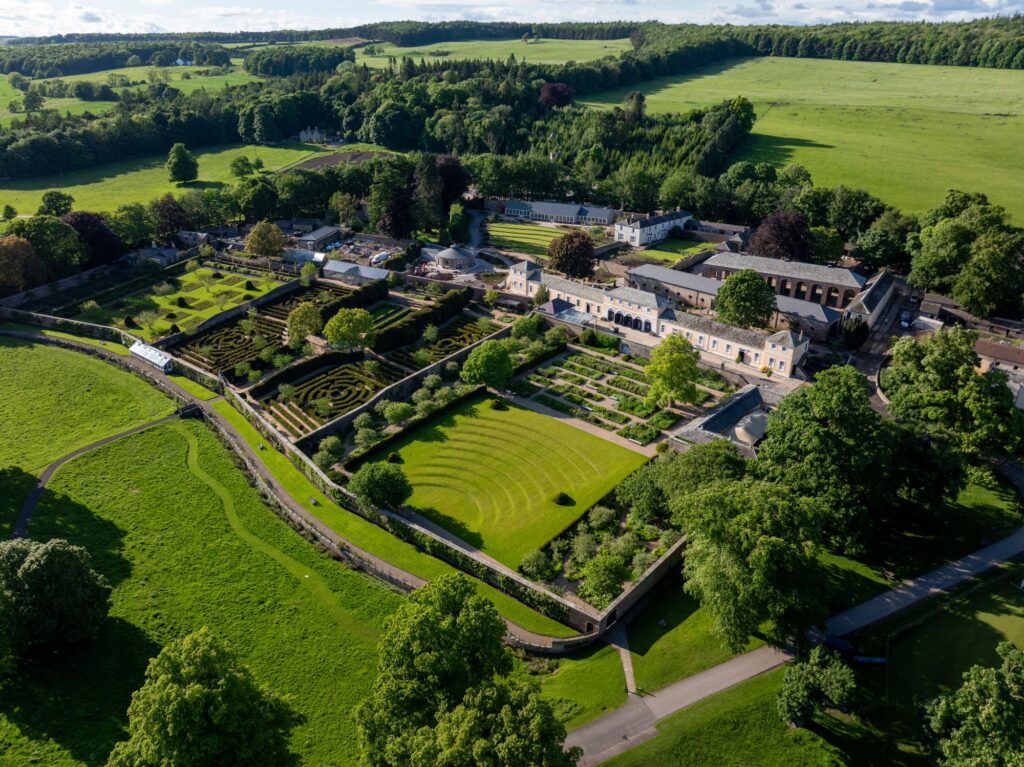
Downstairs in the servants’ quarters, meanwhile, the concave stone steps are testament to centuries of scurrying feet.
That was then. You very much get the sense that the now is focused on The Rising and the wider estates. In his short film, Lord Barnard says his father ran Raby as a “traditional” estate.
Since he and his wife took over in 2016, they have extended opening hours and introduced these new attractions to lure more visitors (Joanne tells me the plan is to boost last year’s 185,000 to 250,000).
Custodianship, you suspect, has become more complex.
“Living closely to the land and recognising the science, it is abundantly clear that rapid climate change is a worrying reality,” says the on-screen Lord Barnard.
“Even small steps over time can lead to better outcomes so we’ve invested in green technologies to heat the buildings you’re standing in today.
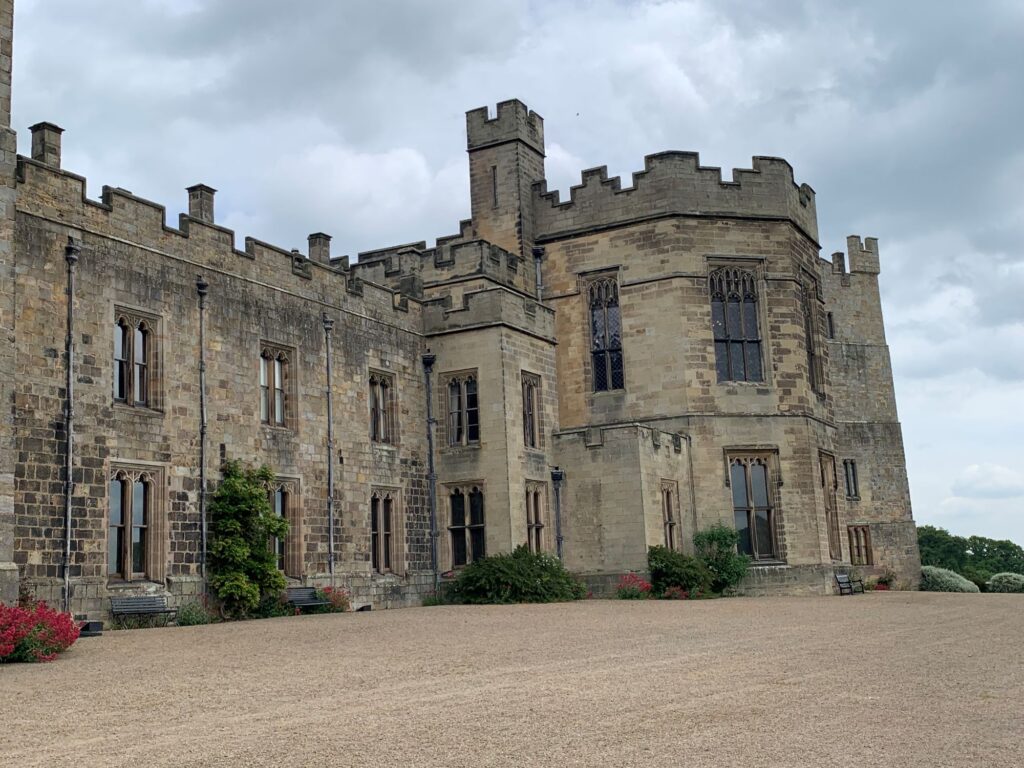
“On the wider estate large areas of peatland have been restored, trees planted and our farming practices have rapidly changed with far more emphasis on soil health.”
Gone are the days when Raby Castle’s lords and masters plotted the overthrow of monarchs.
But the future on the strength of what I see looks pretty rosy.
The Rising makes for a good trip out, even if you choose not to venture into the ticketed areas, and the castle, as ever, is jaw-dropping.
For details of times and admission prices, visit the Raby Castle website.
